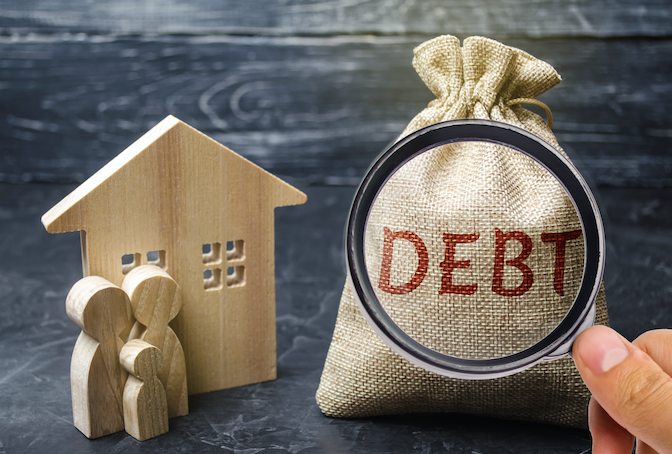Thailand’s household debt to GDP ratio stood at 89.3% in Q2/2021, slowed down yet remained high. EIC views the high household debt would be a perennial problem, and the low-income earners are facing with a huge burden.
In Q2/2021, Thailand’s household debt continued to rise from the previous quarter to THB 14.3 trillion ...

In Q2/2021, Thailand’s household debt continued to rise from the previous quarter to THB 14.3 trillion, but the ratio of household debt to GDP slightly dropped to 89.3% as GDP improved from low base in 2020. Nonetheless, the ratio remained far above its pre-pandemic level and the highest among developing countries.
The mounting household debt in Q2/2021 was driven by personal loans, since households still demanded lending to offset their liquidity loss amidst a subdued economy.
Going forward, EIC expects Thailand’s household debt to GDP ratio will remain high and continue to deter spending recovery, household financial position, as well as overall economic growth. In particular, the indebted low-income group would be left further disadvantaged. According to EIC Consumer Survey, the low-income group are struggling to repay debt and over one-fourth of them are already in debt distress.
Households with heavy debt will enter a deleveraging phase, reducing debt to income ratio, to restore their balance sheets. To this end, the government relief programs—such as debt restructuring and financial reliefs during the lockdown, along with employment supports and labor reskill-upskill to uplift future income—would continue to play an important role to facilitate household debt deleveraging and, at the same time, prevent downside risks to an economic recovery ahead.
